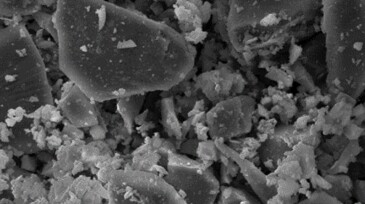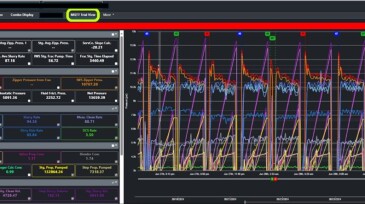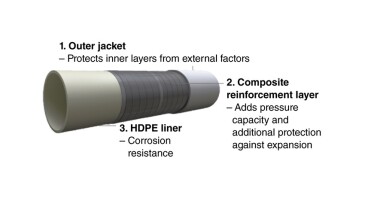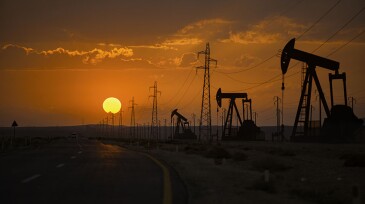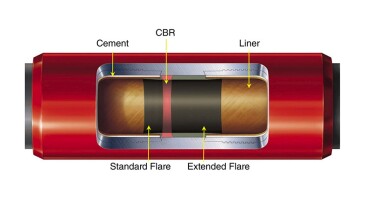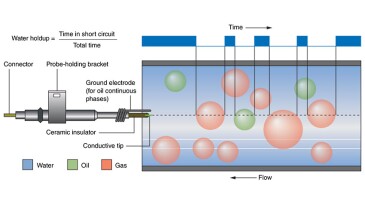Completions
Intelligent completions could improve many of the world’s oil and gas wells, but not all are suited to the technology. There is another option.
Casing deformation has emerged as a major challenge in China’s unconventional oil and gas fields, prompting the development of new solutions to address the issue.
The US supermajor is using one of its lowest-value hydrocarbon products to generate double-digit production increases in its most prolific US asset.
-
Based on 6 years of firsthand experience, refrac experts share some of their biggest insights into where the US market is headed and how to identify the best candidates.
-
The new frontier of production improvement combines surveillance techniques and analysis to determine which variables boost output.
-
his paper presents research and application of a sustainable, low-density geopolymer alternative to Portland cement for cementing applications in low-temperature wells.
-
Intelligent Wellhead Systems and ProFrac Services say the new method simplifies and streamlines data transfer during hydraulic fracturing.
-
This paper discusses the ecosystem challenges that face the development of nonmetallic tubulars, ranging from academia and research institutes to material suppliers and manufacturing facilities for pipe prototyping.
-
This paper highlights an approach of using active hydrogen to stimulate hard-to-recover formations from candidate-well selection through pilot execution and evaluation.
-
This paper discusses the benefits of glass-reinforced-epoxy-lined carbon steel for tubulars, which provides long-lasting protection resulting in major cost savings throughout the life cycle.
-
This paper demonstrates the testing and validation of different mechanical evaluations of the integrity of fiberglass tubing using logging and intervention tools.
-
This study describes a technique combining borehole acoustic reflection imaging with production logging in a horizontal well experiencing high water cut with the aim of enabling a mitigation plan.
-
The aim of this study is to address and discuss the reservoir engineering aspects of geological hydrogen storage.

![JPT_2025-09_GuestEd1_SS_382853197[4].jpg](https://assets.spe.org/dims4/default/d929328/2147483647/strip/true/crop/850x566+0+1/resize/850x566!/quality/90/?url=http%3A%2F%2Fspe-brightspot.s3.us-east-2.amazonaws.com%2F8a%2F95%2Fe4e82cb54fd597d497a5b1267f8a%2Fjpt-2025-09-guested1-ss-3828531974.jpg)




